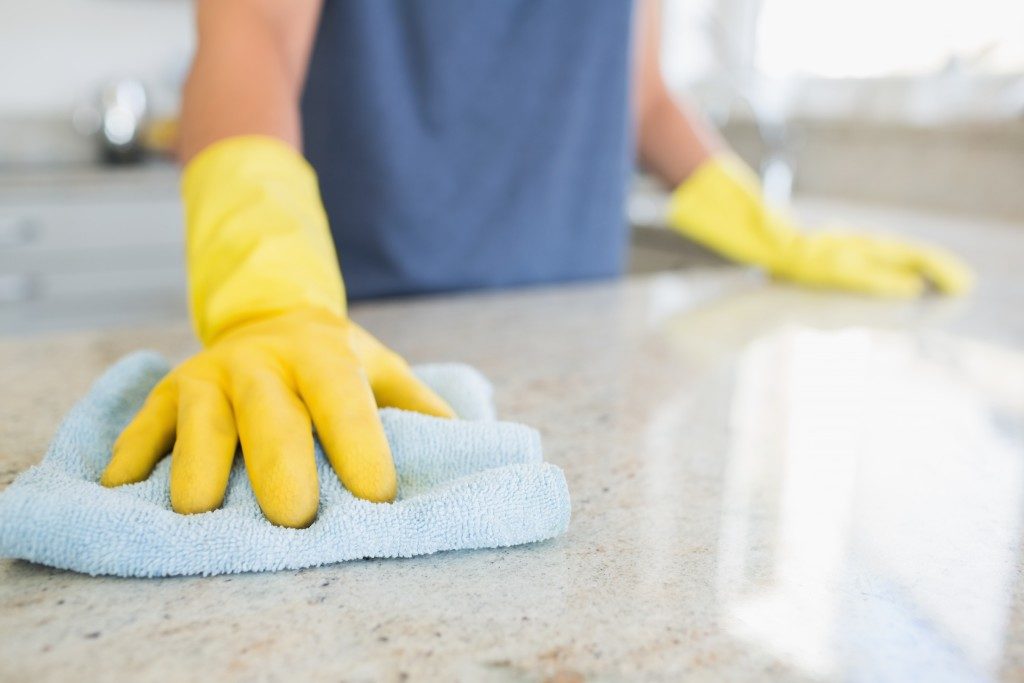Whether it’s a retail establishment, an office, or a restaurant, it’s essential to keep your business or workplace clean. Not only is it aesthetically pleasing, but it would help you, and everyone in it avoid getting sick. However one has to account the different materials and various types of stains; it’s essential to know which kind of cleaning agent or chemical would be used for what type of material.
Knowing the difference between these cleaning chemicals could spell the difference between cleaning and ruining your floor, furniture, and other items in the establishment. Although most, if not all, commercial cleaning agents have their user guide and warnings on how to use them, it’s best that you know all the different types and their uses before you call and order from your local cleaning chemicals supplier.
Types of Cleaning Chemicals and Agents
Detergent. Detergents are one of the most common cleaning agents and break down dirt and grease to make them easy to wash them away. Most detergents come concentrated and require to be diluted in water. Detergents clean surfaces but do not disinfect or sanitise. Often people use detergents to remove stains and then follow through with a disinfectant to kill germs and bacteria.
Disinfectant. Disinfectants are used to kill germs and keep surfaces germ-free and are often used in hospital floors, restaurant tables, and bathrooms. Disinfectants are commonly used after the surface is cleaned of stains and dirt using other cleaning chemicals.
Sterilising Agent. These types of cleaning chemicals are used for sterile surfaces and objects such as those in a hospital’s operating room/theater. Sterilising agents are “stronger” than disinfectants and can kill bacteria spores, viruses, and germs that are resistant to disinfectants.
Sanitiser. Sanitisers are cleaning agents often used at home. They are, in a way, a mix of detergents and sterilising agent or disinfectant so that they can clean the surface as well as kill germs and bacteria.
Degreaser. Degreasers or “solvent cleaners” are used to remove grease from surfaces by breaking down fats, oil, and petroleum byproducts. They’re often used in the kitchen, on cooking surfaces and appliances. Food establishments such as restaurants and even food processing businesses use non-toxic degreasers which won’t contaminate food.
Abrasives. Abrasives work by rubbing or scrubbing them against hard surfaces to remove dirt, stains, and tarnish through friction. They’re often used to clean pots, floors, pans, and other kitchen equipment. However, they may scratch materials made of plastic or stainless steel. Some abrasives are infused with other chemicals that allow it to both polish and disinfect/sanitise surfaces.
Acids. Acids are the most potent type of cleaning agent and should be handled with care. Acids should be adequately diluted, and most acids are corrosive and poisonous. One should also be wary of fumes from acids by using a mask and avoid direct contact with the skin. They’re often used to remove rust, mineral deposits, and for de-scaling dishwashers. Some weaker acids such as vinegar can also be used to remove rust and grime from stoves.
Conclusion

Keeping a clean establishment is vital for your business. But just as important is to know which cleaning chemicals and agents are used which surface and stain, so, it’s best to make sure that you’re adequately informed when you order them for your establishment.

